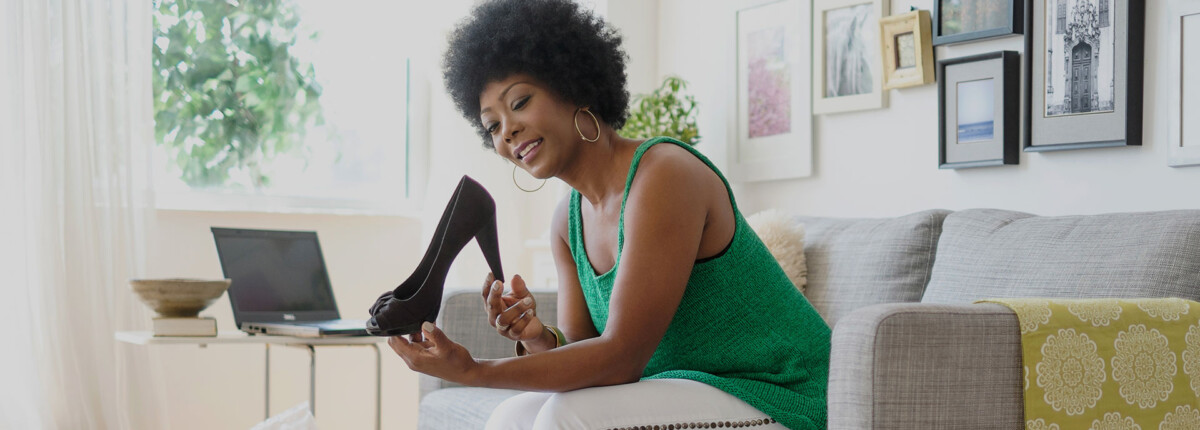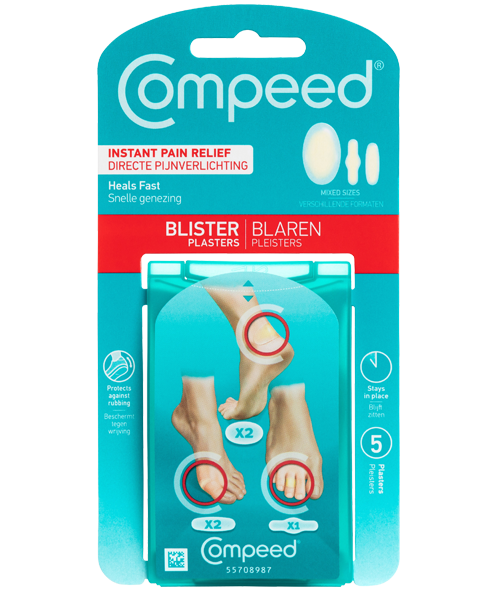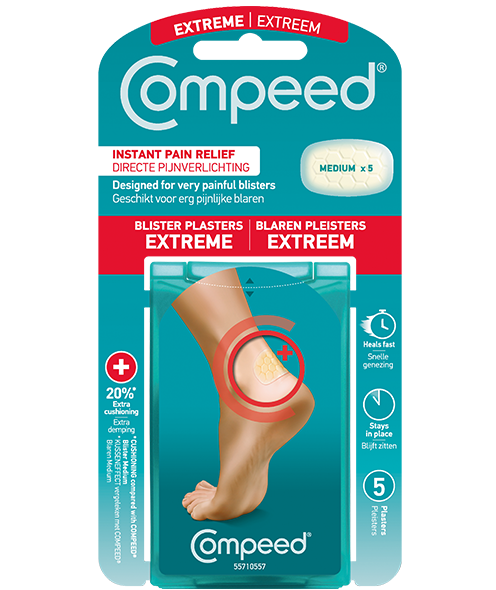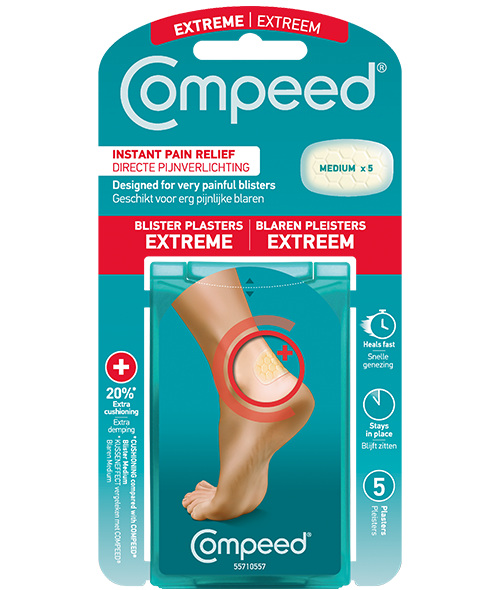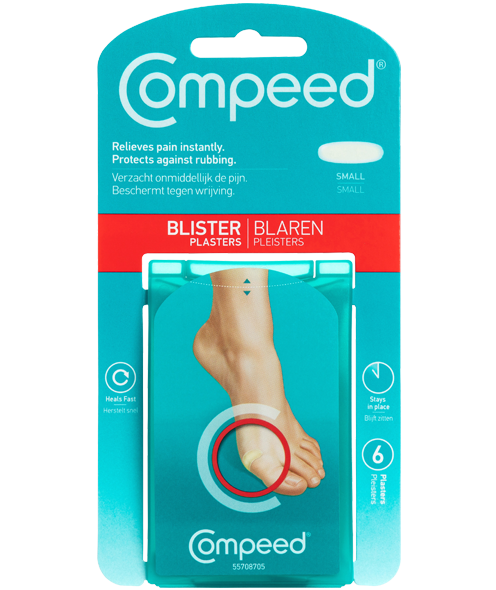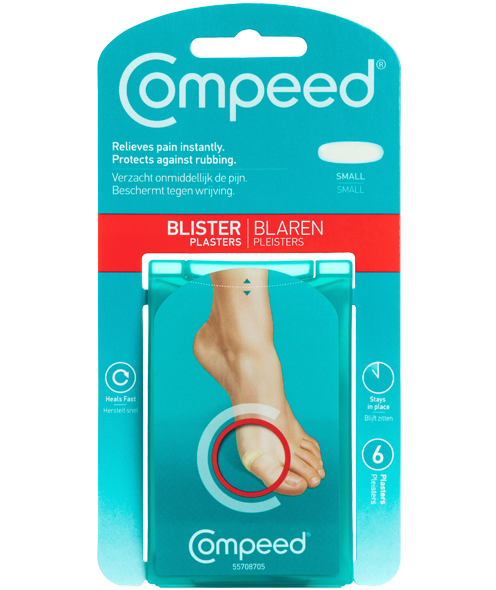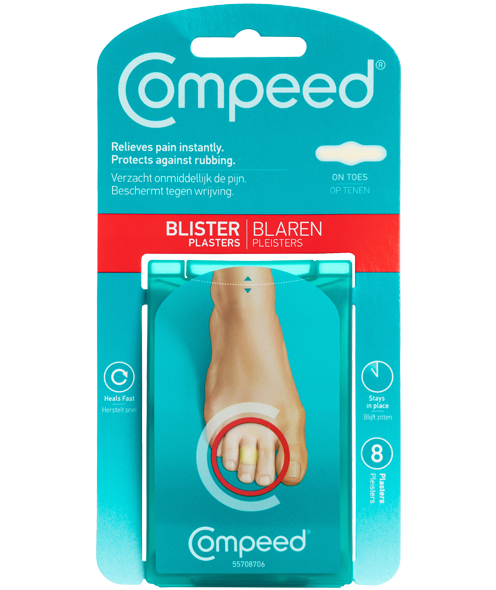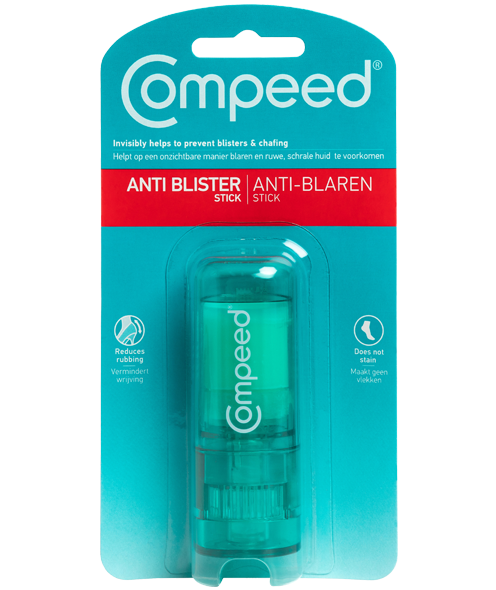Blisters are the worst. They can pop up at any time and make every step you take a miserable experience. And while they may be little, they have the power to seriously disrupt your work, fitness, holiday or special event. Read on for our low-down on how to avoid blisters.


How do blisters happen?
Most blisters form when your skin rubs against your shoes or socks repeatedly over time. The damaged upper layer of skin shears away from the layers beneath and fluid collects in the space to create a firm bubble under the skin – forming the dreaded blister. They develop very quickly, can take several days to heal, and if they break open they can become infected, making the pain even worse.
Blisters develop most frequently in the summer because on hot, humid days our feet tend to swell up from water retention, causing our shoes to squeeze our feet in certain areas. Feet also get sweatier in the summer. So, when your feet are both swollen and sweaty it’s a dangerous combination, ripe for feet friction.

There’s lots of activities that can cause blisters too. In ill-fitting shoes, activities like running, fitness, or even golfing and gardening can lead to painful blisters from the repetitive movements. Hikers get them frequently, especially when their socks get wet, causing friction in their hiking boots. Any activity that requires a lot of walking, like visiting an amusement park with your family, or a day of shopping can be ruined with shoes that are more chic than comfortable. Going out for a night on the town? You don’t want to wake up with blisters the next morning. Taking a big holiday soon? Watch out! All that walking and sightseeing can leave you feeling cultured, but they can also lead to painful feet.
How to Treat Blisters
Once a blister forms, you should treat it quickly to minimise the pain and prevent infection. If a blister is not properly treated, you can expose yourself to a risk of infection or slow down the healing process.
After gently cleaning the area, apply a specialist blister plaster to cushion the blister from harmful pressure and friction, and protect the wound from bacteria and dirt. Try to avoid wearing anything that irritates the area. It is best not to burst a blister but if it does open up, clean it gently with mild soapy water, if possible soak it in a salt water foot bath for 10 minutes and then cover with a fresh specialist blister plaster. Blisters can ruin a day, but with a COMPEED® anti-blister stick or blister plasters on hand, you can save the day and keep on walking.


